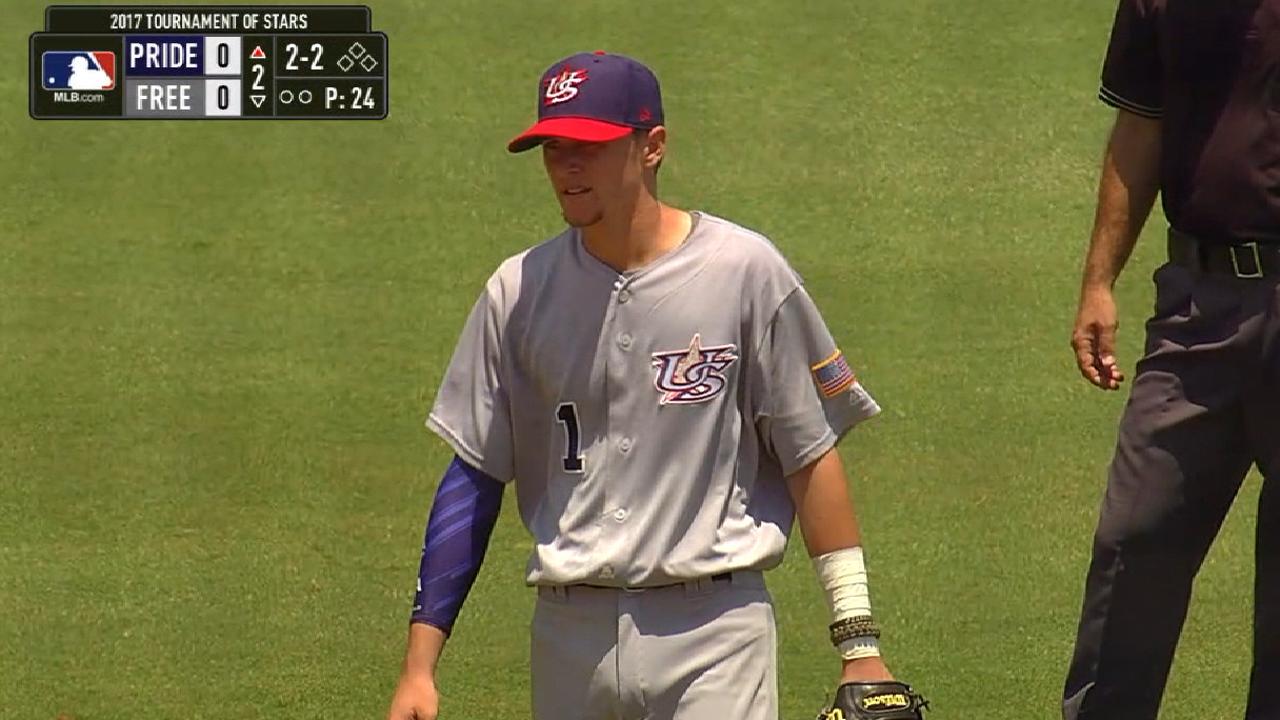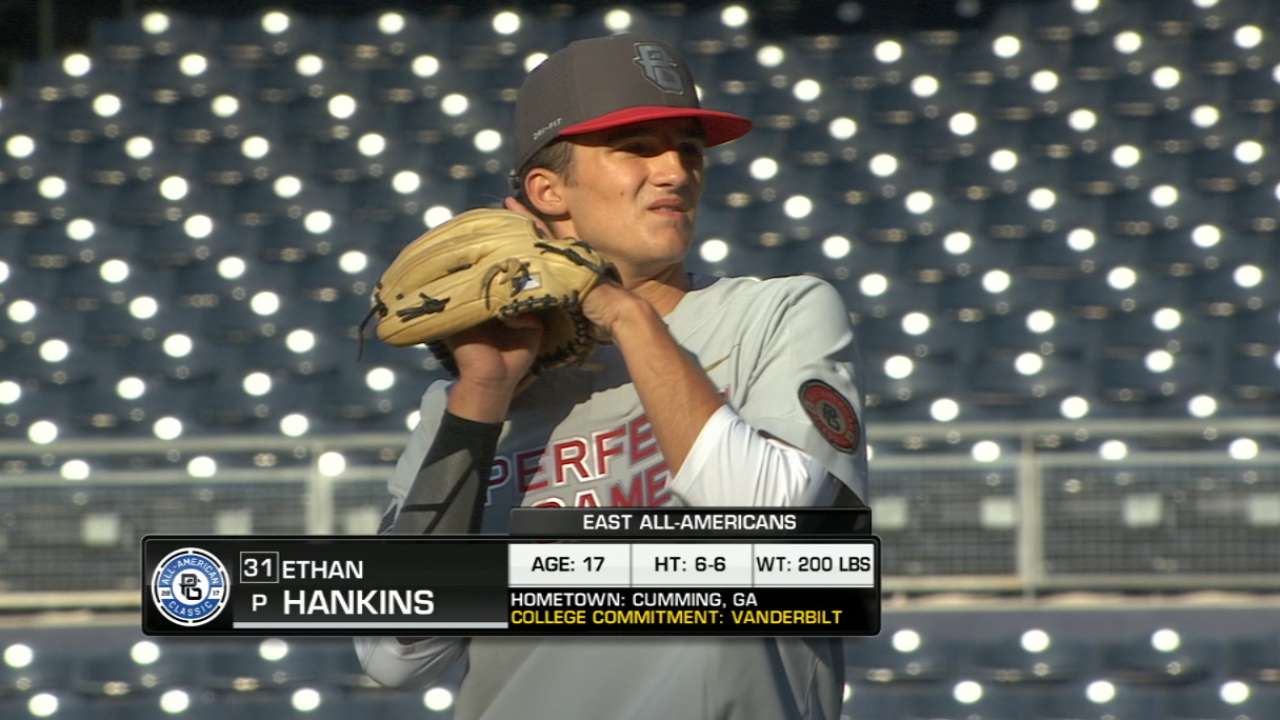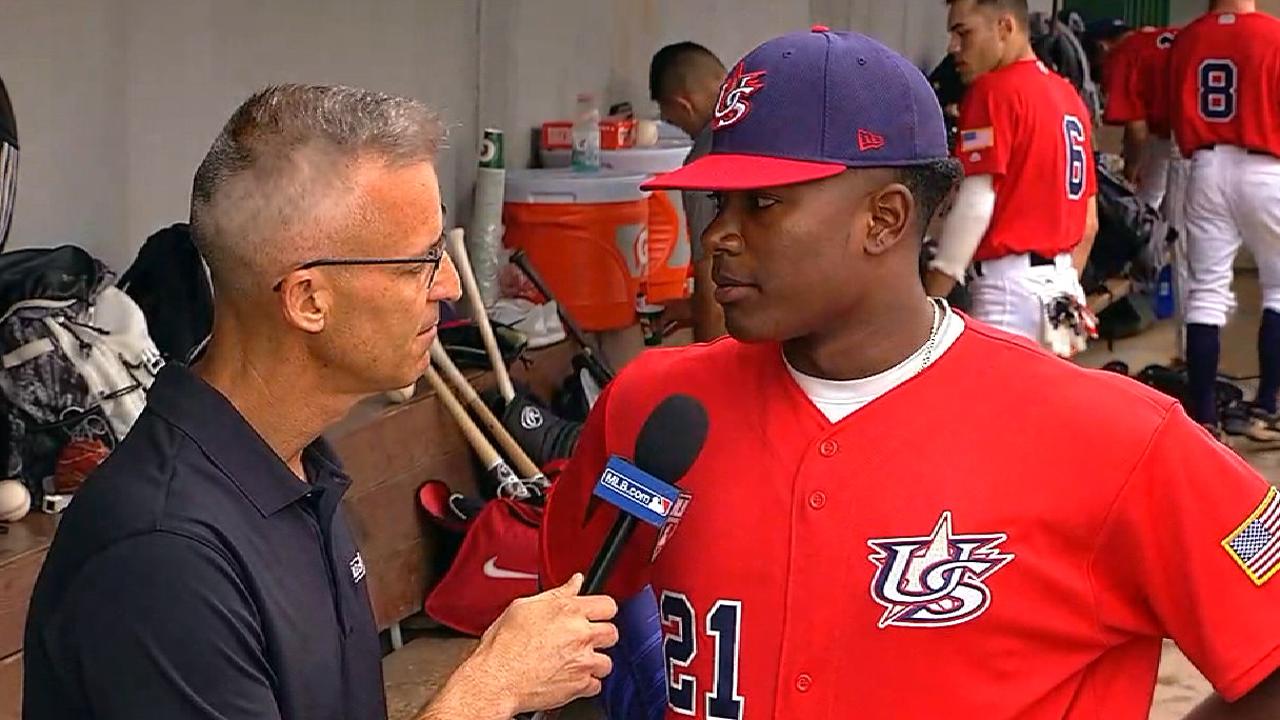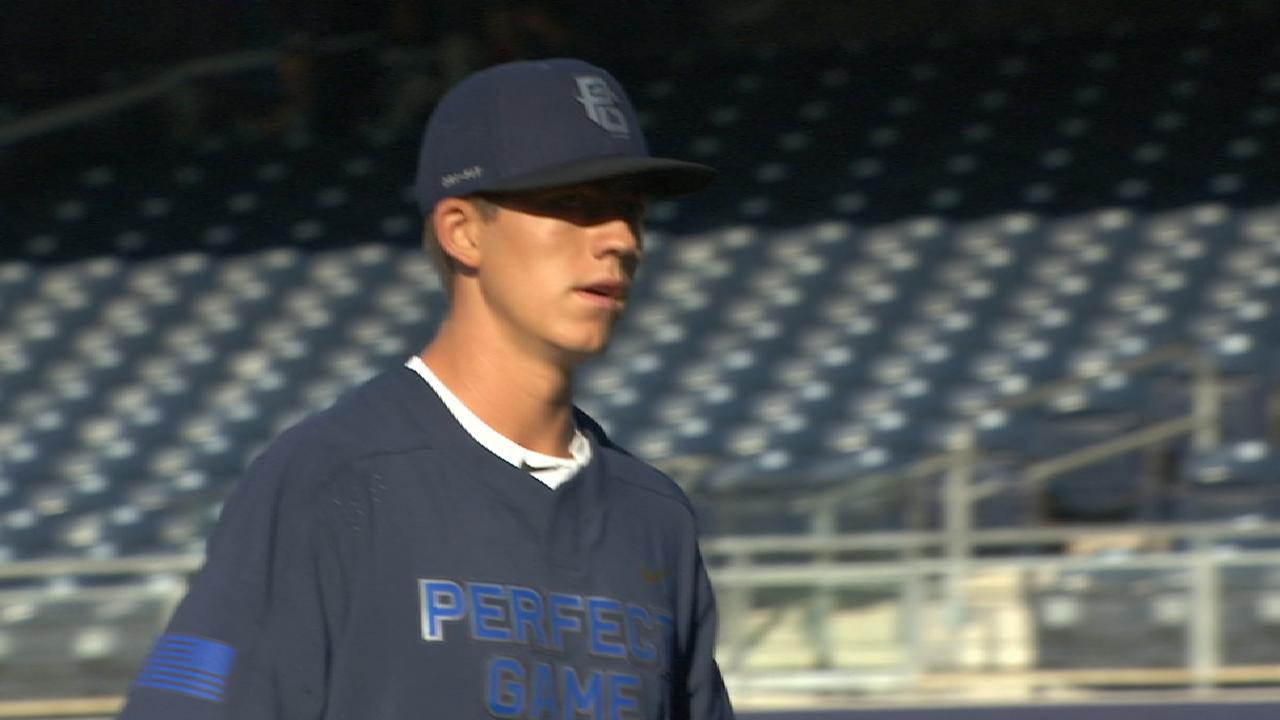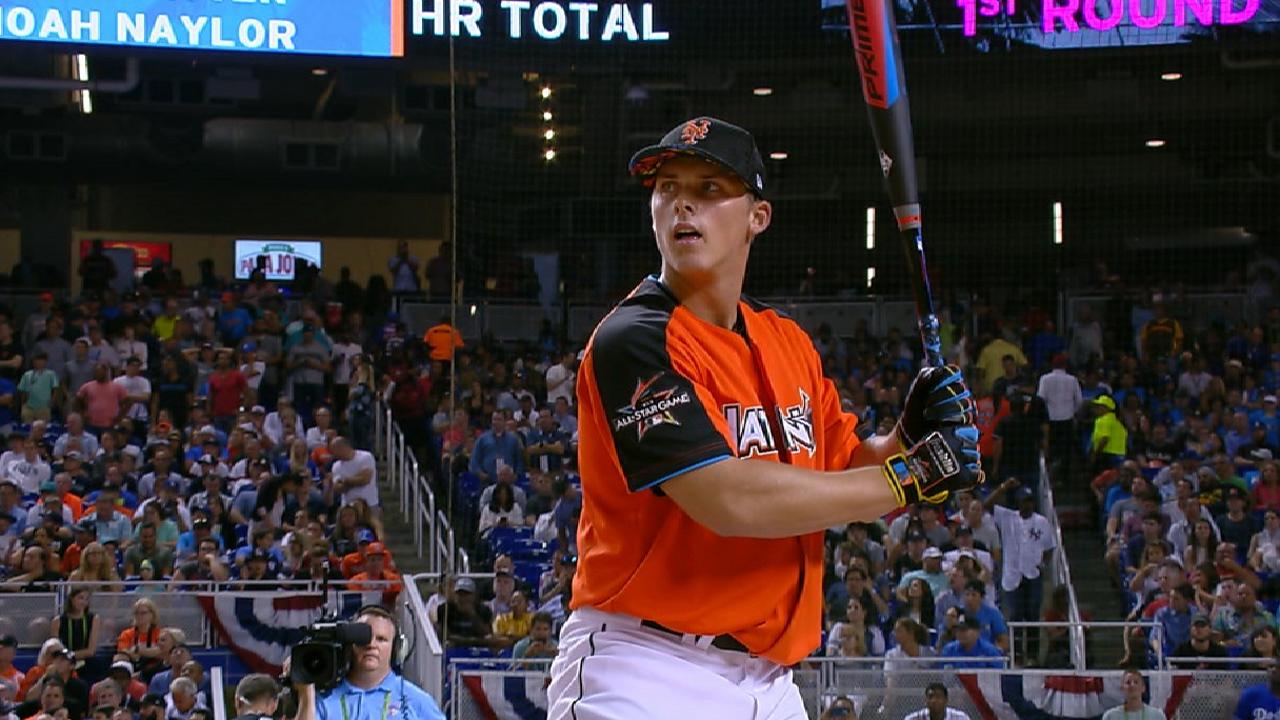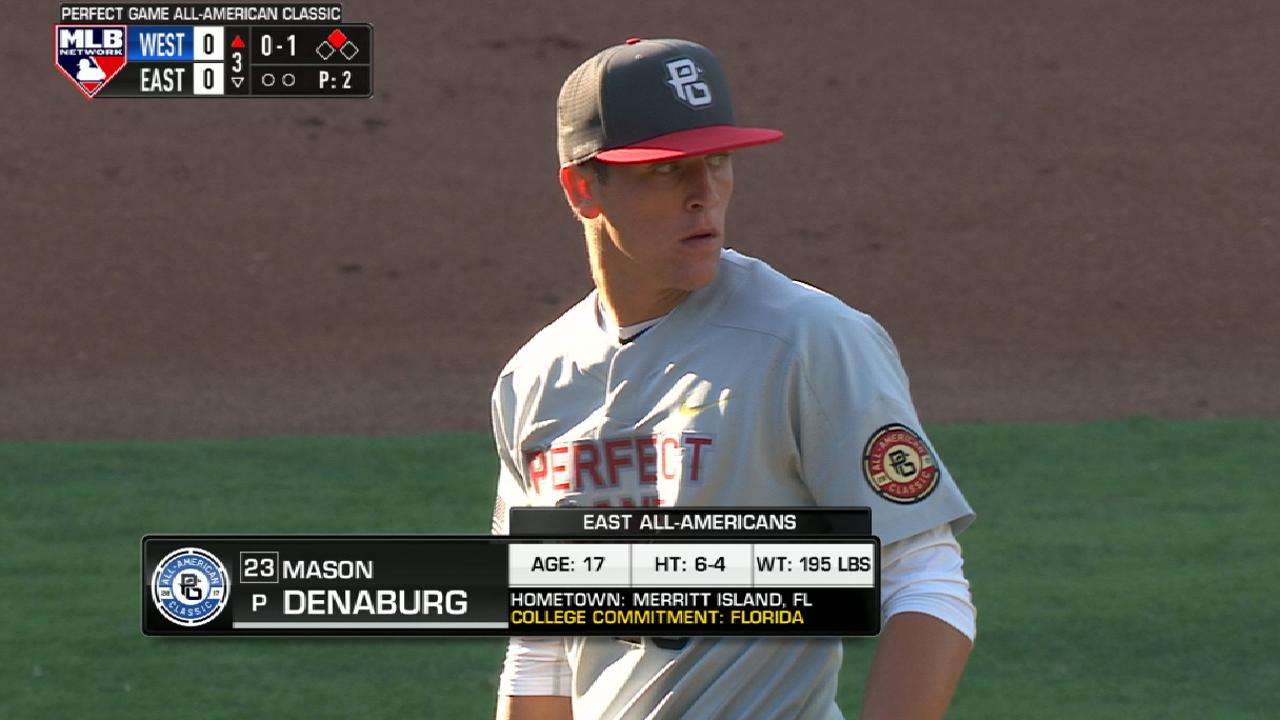I’m throwing aside that old cry of “Wait until next year.” Next year starts right now. 2017 is creaking its way toward the end of the season, but preparations for next year have to begin. There are a couple areas of concern that have to be handled right away so they are in place at the end of the season. The club has to be ready to move forward with the off-season programs in place. Needless to say, this series of articles is going to stretch into the off-season as I consider the whole list of topics, rendering the title of this series obsolete as time goes along.
This
article might hit after the season ends, but we are now moving to the decisions
that should be made after the season's over. And as I reach these final
articles, news has already come out about the status of the positions I’m
considering.
So
what's the next and final area for consideration?
MANAGER
Word
is already out about Terry Collins. People are very brightly saying that they
think Terry’s going to retire. Terry hasn’t said that, but people are
“repeating” the news they’re hearing. These are people rather high up in the
organization.
The
implied message from them? “Don’t let the door hit you in the ass.”
Terry
is retiring, voluntarily. (Or maybe with an “in-“ before that.)
We
have listed Terry’s managerial flaws often enough in the blogosphere that I
don’t think they need repeating. Let’s just bid him a fond adieu and move on.
It’s
time to consider his replacement. I’ve seen names like Bob Geren and Chip Hale
floated about. They strike me as being Terry Lite. (And I thought you could
never get anything lighter than Terry.) I worry that those guys would be
nothing but ciphers filling out that position, which would suit Sandy a lot.
However, I’m starting to want Sandy to pull back on his autocratic stance. I’d
like to see a little more give and take between the GM and the manager.
I
can’t say that I have a sweeping knowledge about the managerial candidates out
there. I do think that one thing that is necessary, and that is that the
skipper should be bi-lingual. He has to be able to communicate directly with
the players in the clubhouse.
How
about the idea of one of the Cora brothers. I think they would insist on having
their ideas listened to.
COACHES
I
feel that Dan Warthen should go. Like practically everyone else, I was a
staunch Warthen fan going into this season, but it appears to be time for a
change; Warthen has plain been around for too long. I recognize that injuries
forced the Mets to start some guys who were down in their ranks of pitchers. However,
the team’s ERA was one of the worst in the majors. One thing struck me: how
many times the pitchers allowed a lot of runs in their first inning. It seemed
like they went out there not prepared to pitch. They arrived at the ballpark in
their second inning. Time for a breath of fresh air....And why isn’t Frank
Viola being considered for the job?
I
have to admit I have a prejudice against Kevin Long. Nothing to do with him, I
just happen to be old school. (Don’t even begin to ask how old that school is.)
I don’t believe in the philosophy of having each at-bat being either a walk, a
strike-out, or a home run. Where baseball shows itself off as its most
watchable is when the ball is hit somewhere in the ballpark. That’s when you
get to see players making great fielding plays, or running around the bases
(running, not trotting). However the new philosophy has turned an old baseball
slogan around. Now everyone is saying, “Go ahead and swing for the fences.” It
seems that things like defense and foot speed are ceding to hitting home runs.
(Which goes a long way toward explaining the quandary about Juan Lagares.)
(????????)
Will
the mystery guest please sign in? (Google it.) There’s somebody allegedly
filling the post of defensive coach, but I don’t know who that is. And it
shows. We are never going to go into raptures over the fielding of some of the
Mets, but there was an awful lot of backsliding on defense this year. And there
seemed to be no one trying to fix that. They’ve got find someone to help along
such players as Rosario, Smith, Flores, TJ, etc. The new philosophy may
downplay defense, but you can’t ignore it.
I
think we can look forward to some on-field management this coming year. I only
hope it’s for the better. The changes on this club lately have been for the
worse.









